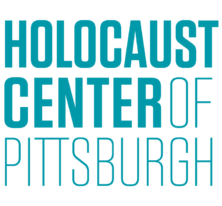Publications by Barbara Burstin, PhD
After the Holocaust: The Migration of Polish Jews and Christians to Pittsburgh
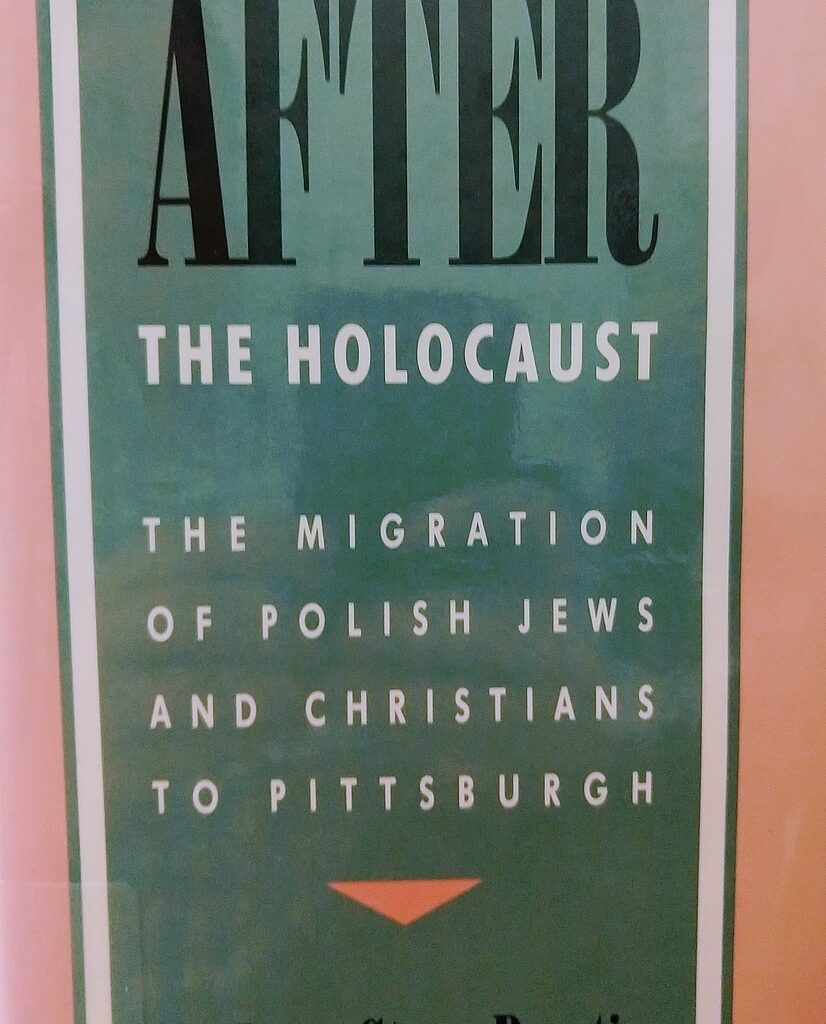
Based on interviews with survivors and records of organizations which assisted in the resettlement of displaced persons, compares the experiences of 60 Polish Christians and 60 Polish Jews now living in Pittsburgh. Discusses prewar Poland, the Nazi occupation, and emigration to the USA. Ch. 2 (pp. 9-41), “Between Swastika and Sickle, ” describes wartime experiences, mentioning life in the ghettos, the deportations, and the concentration camps. Notes that fear of antisemitism was a primary reason for leaving Poland after the war. Many of the Jewish survivors emphasized that the climate of hate was a continuation of their experiences with Polish antisemitism prior to and during the war. Ch. 4 also discusses the Displaced Persons Act which was considered to be discriminatory against Jews.
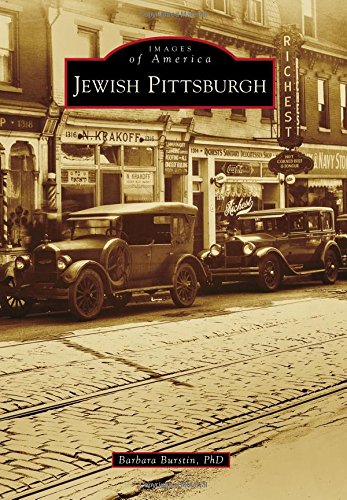
Jewish Pittsburgh (Images of America)
By the mid-19th century, Jews from German lands began settling in Pittsburgh, later to be followed by Jews from the Russian and Austro-Hungarian Empires and Romania. They founded businesses and organizations such as Giant Eagle, Kaufmann’s Department Store, Montefiore Hospital, the Pittsburgh Playhouse, the Civic Light Opera, and the Pittsburgh Pirates. Sophie Masloff became the first woman and the first Jew to serve as mayor, and civic reformer and lawyer A. Leo Weil, philanthropist Leon Falk Jr., and social justice crusader Florence Reizenstein all had schools named after them. From Allegheny City and “the Hill” to Squirrel Hill and the East End, the Jewish population preserved its distinct core community and contributed to its adopted city in multiple ways. Today, it numbers more than 40,000, and their story is one of grit, determination, risk taking, hard knocks, and no small measure of success.
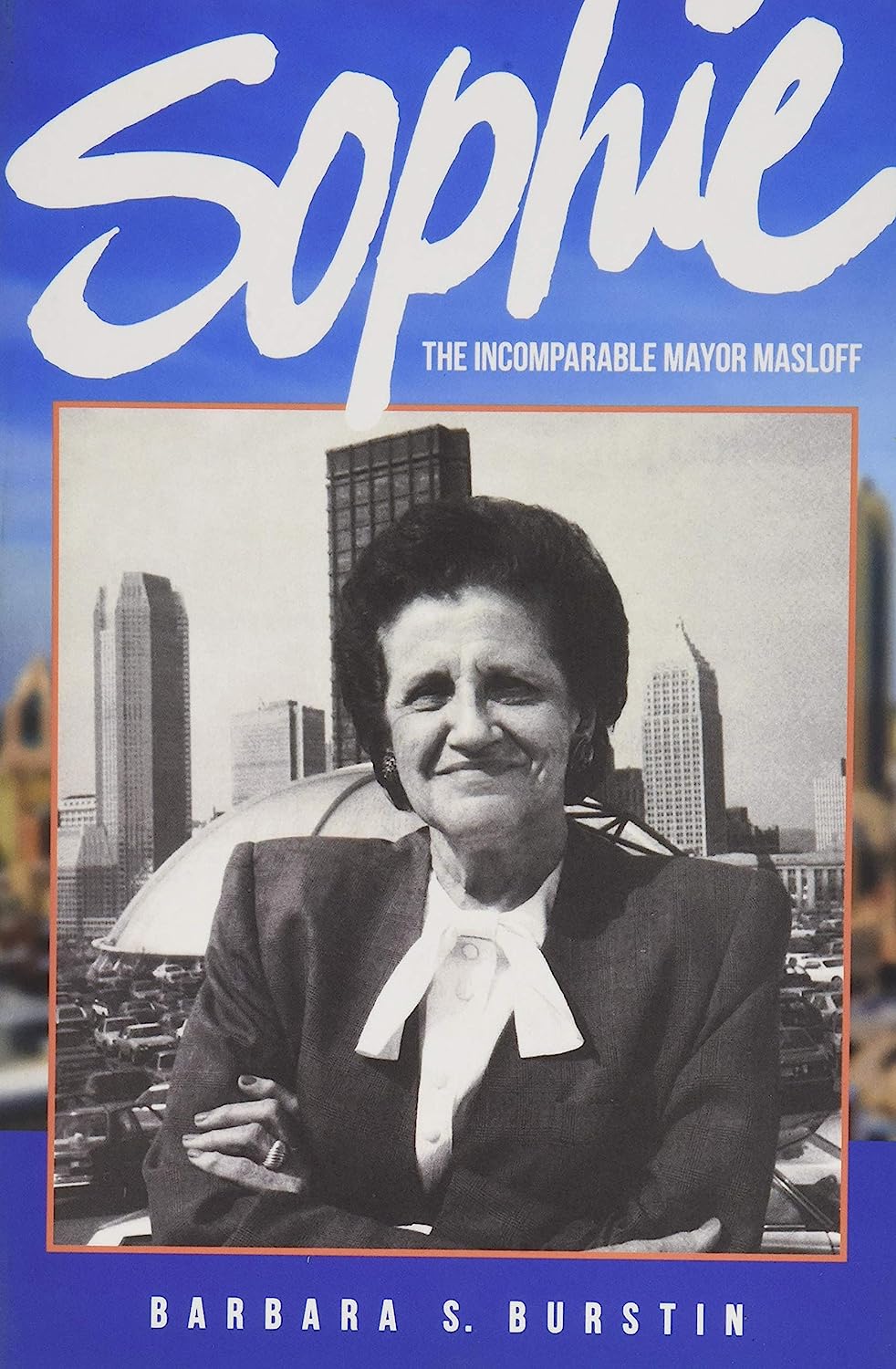
Sophie: The Incomparable Mayor Masloff Paperback
It’s fairly certain that Sophie Masloff never studied the writings of our founding fathers. She was a poor girl, not able to go to college, not steeped in the niceties of the American tradition, but despite this, Sophie in a very real sense, lived up to our founding fathers’ standards. She might not have been the incarnation of the person they envisioned as a leader. After all, she was a woman, a Jew, not independently wealthy or with any pedigree or celebrated status, but by her values and by her deeds she would have ultimately won their respect. For Sophie was all about the people, all about using her office to help others, to respond to their needs, to make things better. Whatever governmental or non-governmental position she held, she was there to serve her constituents, never herself. It was said by those who knew her that Sophie had three great loves—her family, the Democratic Party and the city of Pittsburgh. “Sophie was beloved in Pittsburgh because she represented everything that makes the city great. She was fun-loving and hard-working, tough as
they come, and loyal to her neighbors in one of the darkest times for American cities.” -Bill Clinton “Guided by her unwavering commitment to public service, Mayor Masloff helped break down barriers and build a brighter future for the city of Pittsburgh. Her story speaks to the promise of our Nation, and her unique voice inspired and captured the hearts of those in her community.” -Barack Obama
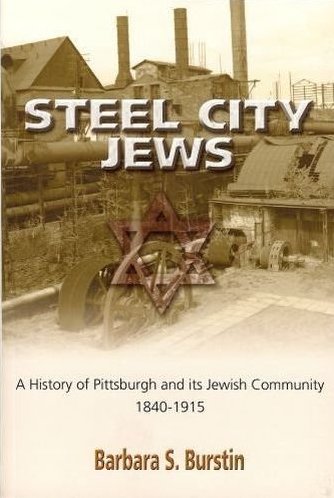
Steel City Jews: A History of Pittsburgh and Its Jewish Community, 1840-1915
Pittsburgh has been called Hell with the Lid On and Hell with the Lid Off. It was a city rich in contrasts and rich in its history. And amid the swirling currents that made up the vibrant flow of the city’s life, navigated the Jews, an immigrant group that began settling in the region in the 1840s.Come meet A. Leo Weil who battled municipal corruption and graft, the Kaufmann brothers of department store fame, Barney Dreyfuss who launched the Pittsburgh Pirates, Bertha Rauh, community service volunteer extraordinaire, and a whole host of others who made their contribution to the development of the town.
The book is a book that highlights the major role Pittsburgh played in the larger American constellation and the contribution that its Jewish community made to that development. Over ten years in the making the book draws on oral history interviews and a whole assortment of archival collections and books. The book weaves an entertaining and informative tale that all Pittsburghers and those who care about Pittsburgh can relish and enjoy.
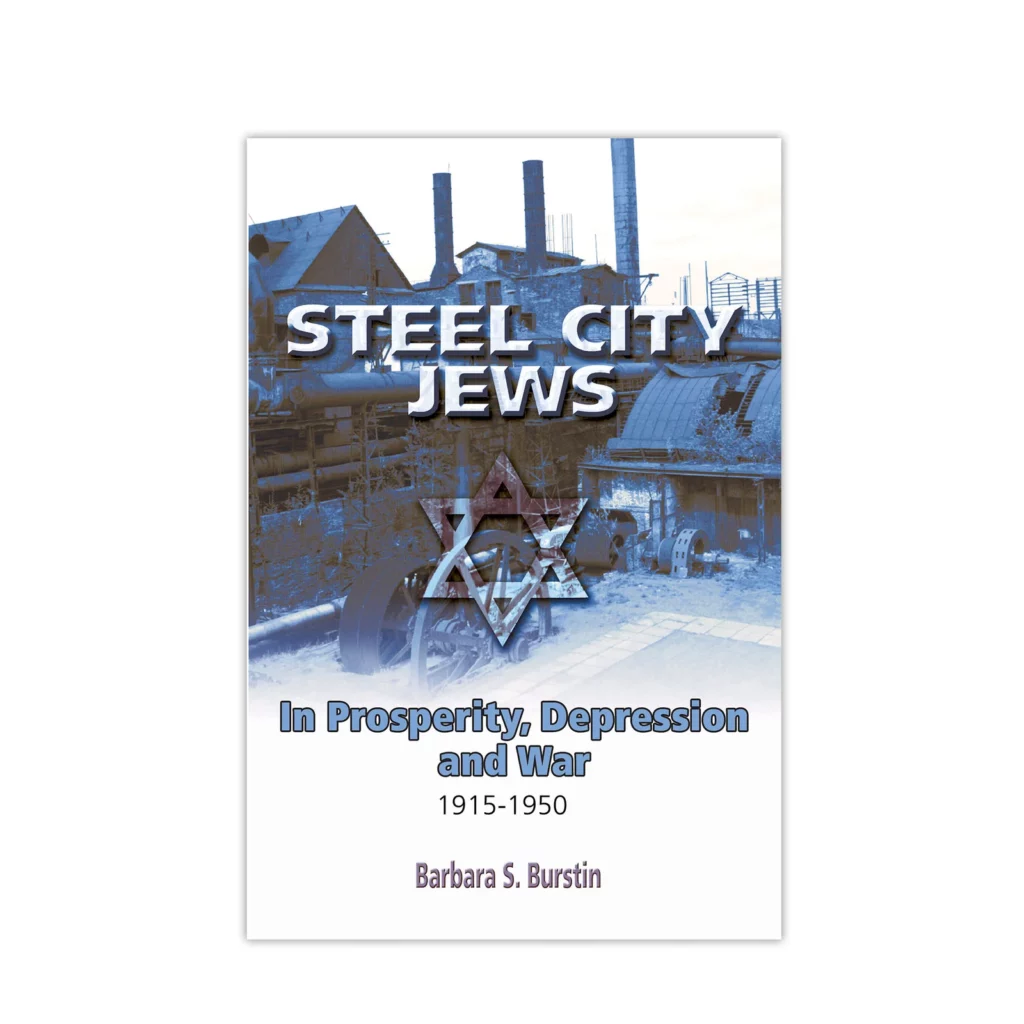
Steel City Jews – In Prosperity, Depression and War 1915-1950
This book portrays the development of the Pittsburgh Jewish community through pictures and individuals who have made impressive contributions to the city. The Steel City Jews – In Prosperity, Depression and War 1915-1950 book is the sequel to Steel City Jews which explored the Pittsburgh and its Jewish community from 1840-1915. It focuses on the 1920s, 30s and the 40s. The decade of the 20s was one of prosperity and progress, but it also was a decade of darkening shadows and growing concerns.

Pittsburgh Jewish History – 4 Books Bundle
This four book bundle includes:
Jewish Pittsburgh – Images of America
Steel City Jews – A History of Pittsburgh and its Jewish Community 1840-1915
Steel City Jews – In Prosperity, Depression and War 1915-1950
Sophie Masloff – The Incomparable Mayor Masloff
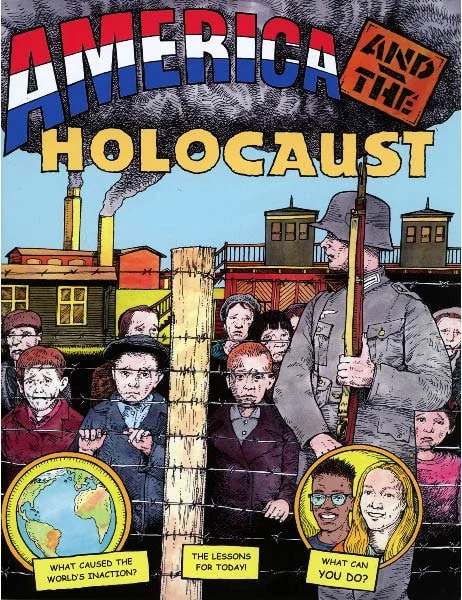
America and the Holocaust
Illustrated by Frederick H. Carlson
A study of America’s response to Hitler and the Holocaust. By targeting this publication to junior high and high school students, Dr. Burstin hopes to encourage their fascination with history, spark their commitment to combat bigotry, and promote democracy today.
